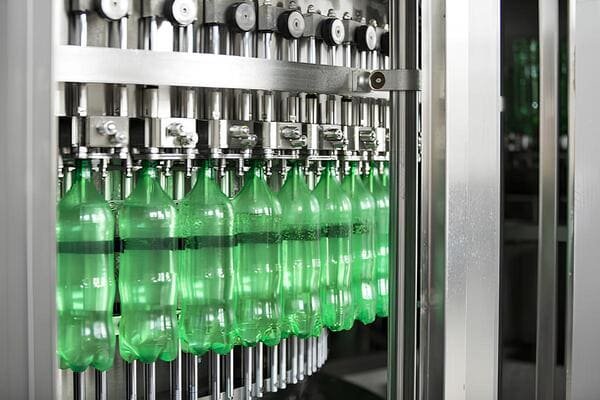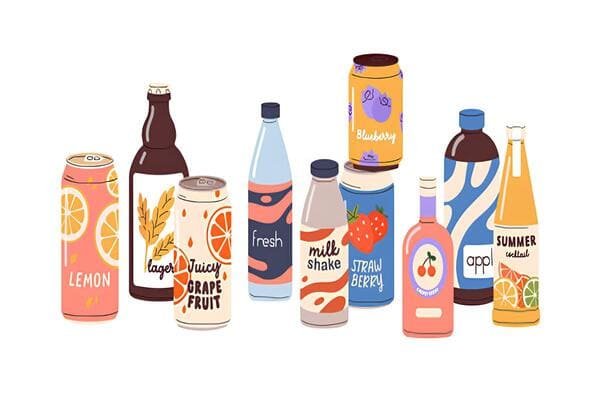High-Speed Carbonation Filling Lines: Achieving 20,000 BPH for Maximum Efficiency
Why 20,000 BPH Carbonation Lines Are Revolutionizing the Industry
The demand for Carbonated beverage equipment to surge, with the global market expected to reach $605 billion by 2027. To keep up, manufacturers need high-speed carbonation filling lines capable of 20,000 bottles per hour (BPH) while maintaining precision and minimizing waste.
This article explores:
✔ How 20,000 BPH filling technology works
✔ Key components that ensure speed and accuracy
✔ Cost-saving benefits for large-scale producers
✔ Why flexibility matters in modern carbonated beverage equipment

The Need for Speed: Why 20,000 BPH Filling Lines Are in Demand
1. Market Growth Driving Efficiency Requirements
-
The carbonated soft drink (CSD) market grows at 3.5% CAGR, requiring faster production.
-
Retailers demand just-in-time delivery, reducing inventory costs.
-
Private-label brands compete by optimizing manufacturing speed.
2. Challenges of High-Speed Carbonated Filling
| Challenge | Solution |
|---|---|
| Foam control | Precision pressure sensors & anti-foam nozzles |
| Bottle jams | AI-driven conveyor synchronization |
| CO2 loss | Closed-loop carbonation recovery systems |
Modern carbonated beverage equipment integrates these solutions to maintain 99% uptime at high speeds.
How 20,000 BPH Filling Technology Works
3. Core Components of a High-Speed Line
(A) Rotary PET Filling System
-
Servo-controlled fillers ensure ±0.5% volume accuracy
-
Laser level detection eliminates under/over-filling
(B) Instant Carbonation Technology
-
In-line carbonators dissolve CO2 at 4°C for optimal fizz retention
-
Gas recovery units cut CO2 usage by 20%
(C) Smart Quality Control
-
Vision inspection systems detect defects at 200ms per bottle
-
Real-time data tracking via IoT-connected sensors
4. From 16,000 to 20,000 BPH: A 6-Month Transformation
A European bottler increased production from 16,000 to 20,000 BPH by:
-
Upgrading to high-speed rotary fillers
-
Implementing predictive maintenance

Choosing the Right Carbonated Beverage Equipment
5. ROI Breakdown for 20,000 BPH Lines
| Metric | Improvement |
|---|---|
| Labor cost | 40% reduction vs. 12,000 BPH lines |
| CO2 waste | 15% savings with recovery systems |
| Changeover time | <30 minutes with auto-adjusting clamps |
Future-Proofing Your Carbonated Drink Production
With health-conscious trends driving demand for low-sugar sparkling beverages, high-speed carbonation filling lines must also adapt to:
-
Small-batch craft soda production
-
Sugar-free & functional ingredient compatibility

